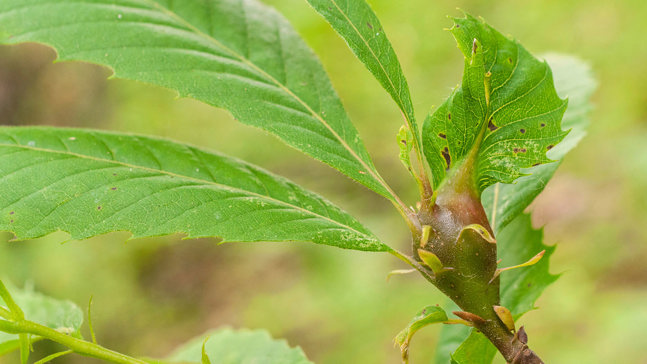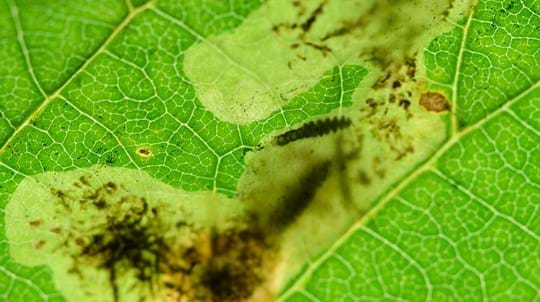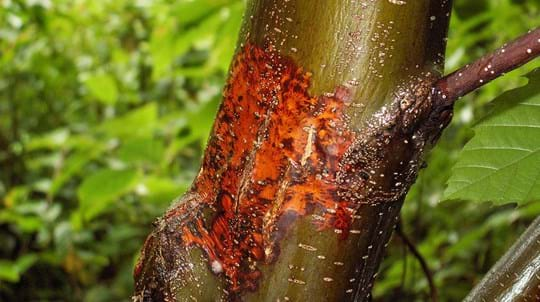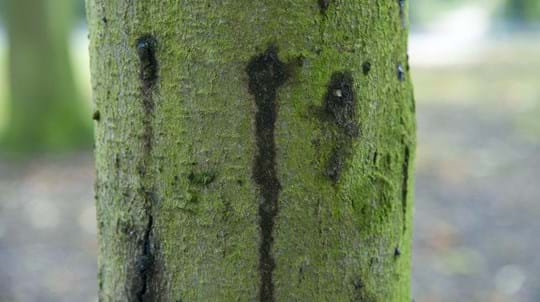
Credit: iStock.com / Cristian Storto Fotografia
How did oriental chestnut gall wasp get here and what impact will it have?
These wasps spread through flight; they likely got to the UK through plant imports and spread locally.
On its own, the wasp is a low-impact pest. However, in high numbers the galls can weaken the host tree and make them more vulnerable to the other pests and diseases, particularly sweet chestnut blight.








